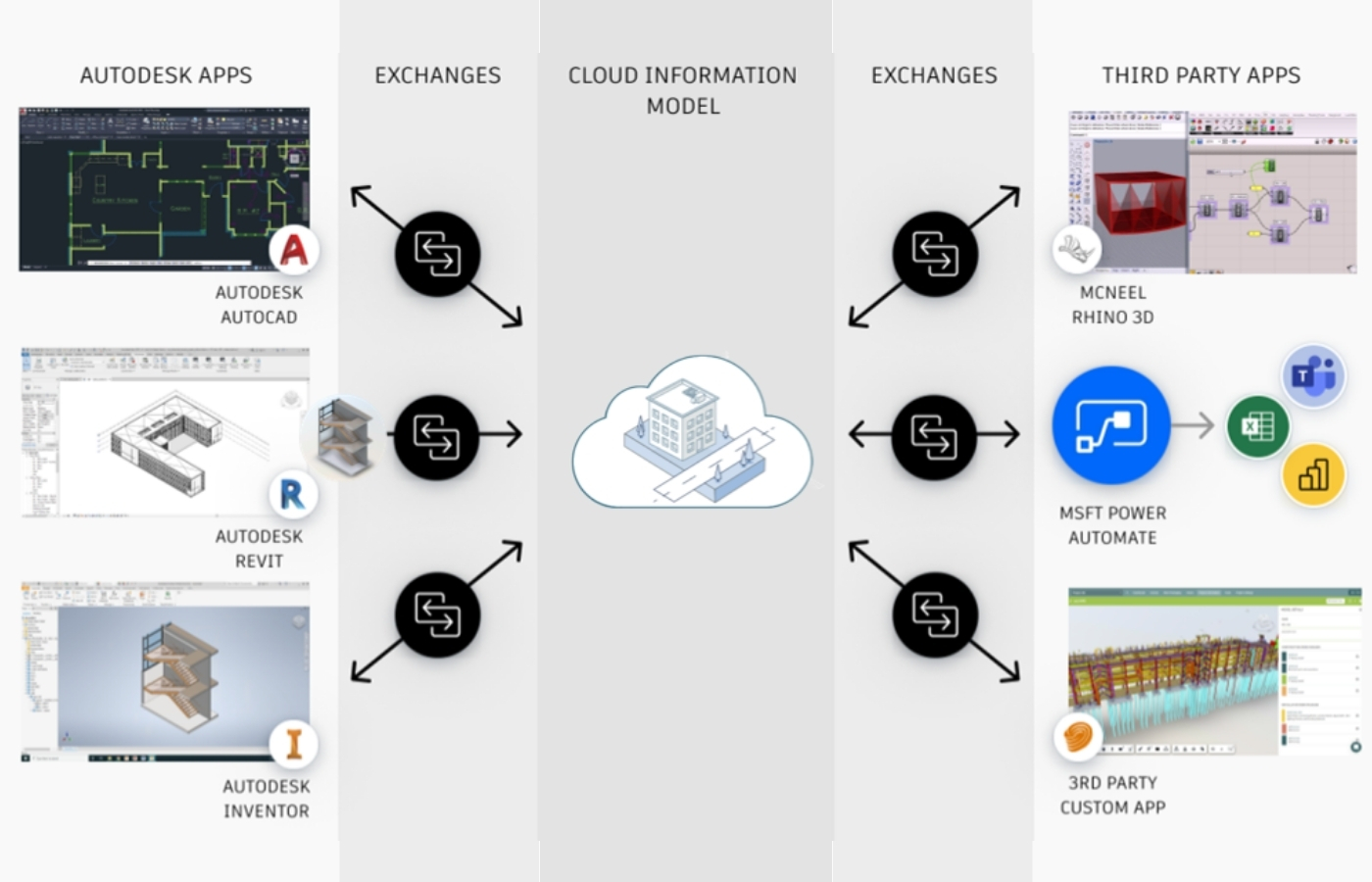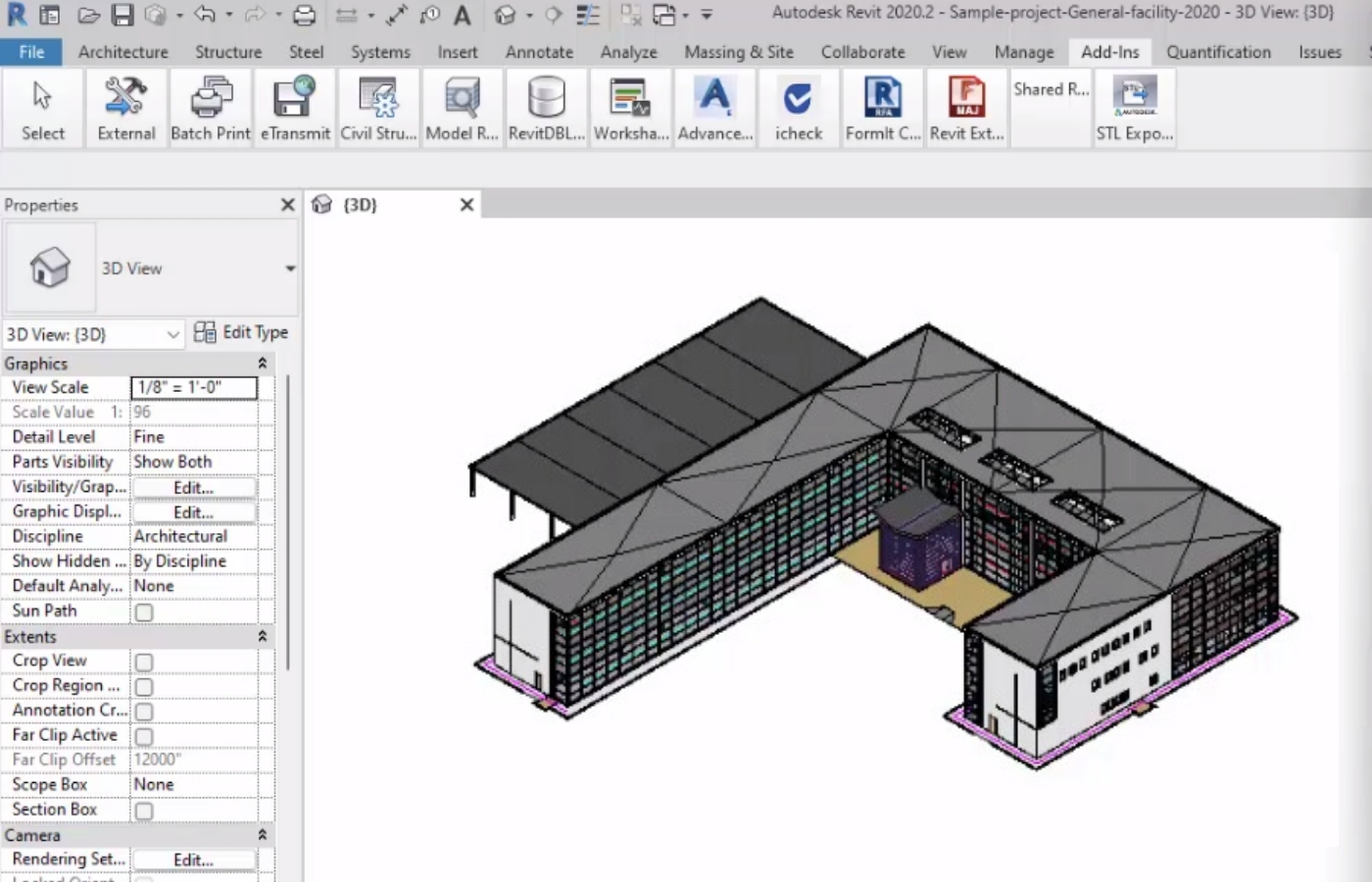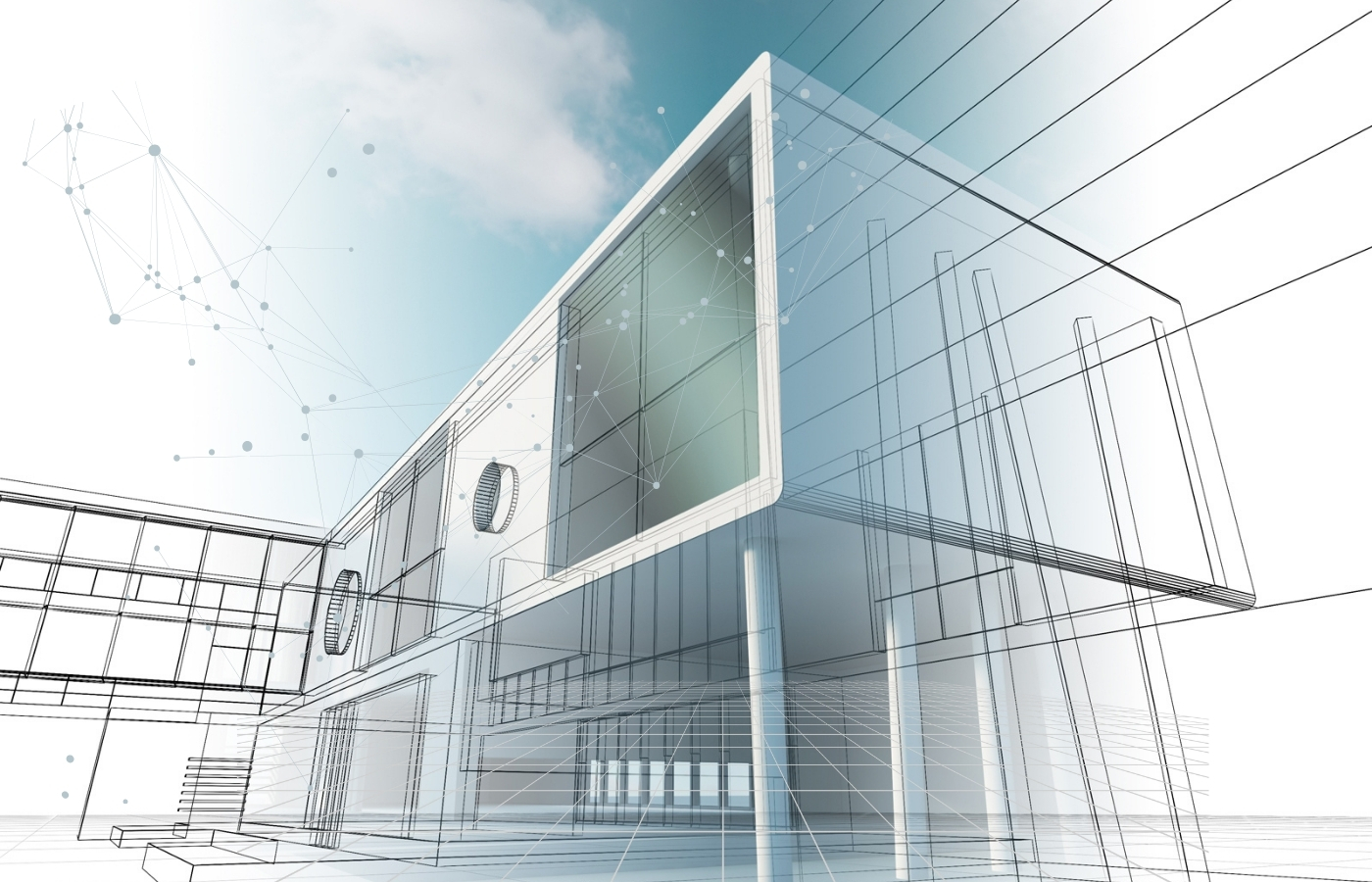Our cutting-edge technology transforms the design process,
allowing for rapid iterations and creative exploration to discover
the most efficient and
sustainable solutions.
Generative Design goes beyond traditional methods, leveraging
algorithms to
generate diverse design alternatives that meet both aesthetic and
functional requirements.
Witness the evolution of your projects as our system intelligently
navigates through numerous
design iterations, ensuring an optimal outcome that aligns with your
vision and project goals.

Interoperability in construction is the ability to connect data between different software systems. This allows stakeholders to make quick, accurate decisions and move projects forward. Interoperability is a fundamental part of the design and construction process. We at CCTech have worked on various connectors such as Dynamo, Revit, Tekla, Civil 3D, AutoCAD and many more in progress.
Our configurators cover a range of essential functionalities, including simple 3D movement controls for intuitive navigation, CAD configurators for precise design customization, door configurators for seamless integration of door systems, and a layout manager for optimal space planning. These tools empower you to streamline decision-making, visualize designs, and ensure precision in project execution. With our configurators, you have the flexibility to adapt and customize elements, providing a user-friendly and efficient solution for your construction needs. Explore the power of configurators to simplify and optimize your construction processes, leading to smoother workflows and successful project outcomes.

From structural integrity to code compliance, our Model Checkers
provide a
comprehensive evaluation, enhancing the reliability and safety of
your structures.
From clash detection to adherence to industry standards, our
technology ensures
a meticulous review process that eliminates potential bottlenecks
and enhances
the overall quality of your projects.
With a focus on accuracy and efficiency, our Model Checkers offer a
proactive
approach to identify and resolve issues before they manifest on the
construction
site. Seamlessly integrated into your workflow, these tools provide
a reliable
safeguard, contributing to the smooth progression of your projects
and bolstering
client confidence in the reliability of your designs.






